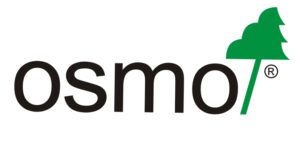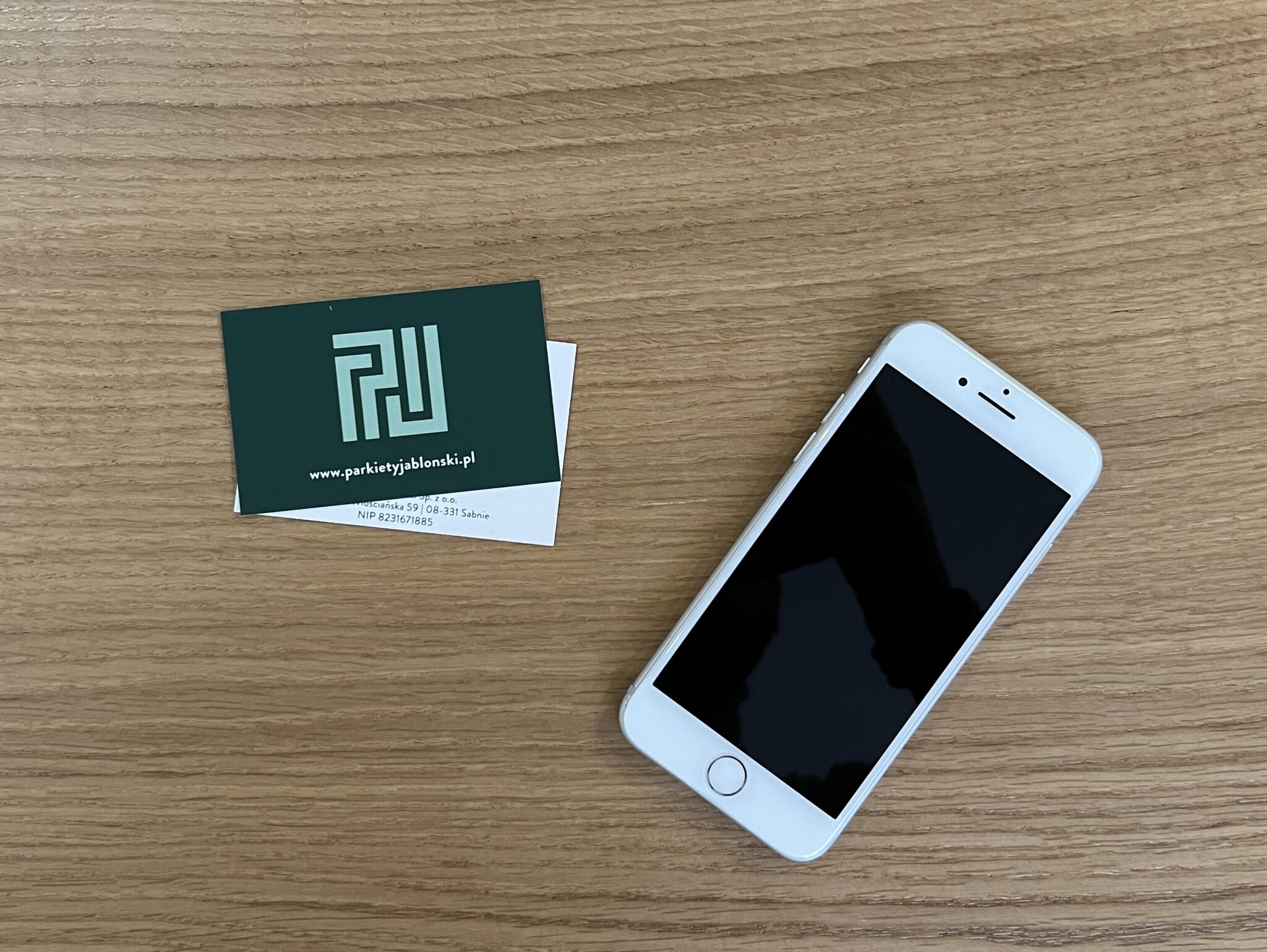fAQ - frequently asked questions
Flooria – The flagship product of Parkiety Jabłoński. Solid board, varnished or covered with oil-wax . Available in many colors and dimensions. Finished with a four-sided bevel.
– quality , but in the case of the varnish/oil coating it differs dramatically. Machine-made Flooria floors are characterized by high smoothness and no contamination because they are produced in dust-free conditions.
– chamfers – all Flooria products have four-sided chamfers (commonly known as chamfers), which mask any floor unevenness during installation and also eliminate minimal unevenness resulting from the floor stabilization process.
In the case of a floor intended for installation on a construction site, the possibility of chamfering it is optional. – materials used – Flooria floors are finished with abrasion-resistant UV varnishes or oil-based varnishes from the professional industrial line Overmat Profiline. They are impossible to use on construction sites, so their substitutes are used.
– assembly time the construction site takes 3-5 weeks. This is due to the stabilization period of the floor, which is between its gluing and sanding and further finishing. In the case of Flooria floors, the stabilization period is already included in the use, so its installation time usually takes several days (depending on the surface).
– contamination during assembly – the construction site, wood dust is generated, which, despite dust removal systems in the devices used, is impossible to completely remove. Its particles then settle on the freshly painted floor with varnish or oil. Flooria products are finished in dust-free conditions, therefore they are free from contamination. An additional inconvenience is the smell of the oils/varnishes used, which are often very unpleasant and linger for several days.
– cost – Flooria is a finished product, i.e. the price of the product includes the costs of applying surface protective coatings (varnish or oil wax), any coloring dye, and each board is finished with a four-sided bevel. When purchasing a raw product, remember about the costs that will be incurred when finishing the boards using a craft method immediately after laying the floor on the construction site.
The initial price of Flooria is higher because it includes the price of varnish/oil and the cost of installing it. However, in the end, the difference is eliminated or even benefits from a ready-made board. The reason for this is the possibility of reducing costs by using factory (rather than artisanal) production.
Wood classification is the visual assignment of batches of boards in such a way as to create classes for them. The classes have no impact on the quality of our products. For each batch, we make every effort to create premium products, regardless of their visual assignment.
Wood classes will differ depending on the species and variety.
In individual varieties, we distinguish the following species:
Oak
Cat.
Natural Gat.
Standard Grade Rustic
Thermo Oak
Cat.
Nature Gat. Comfort
Ash
Cat. Natural
Thermo Ash
Cat.
Select Gat. Standard
NO. All classes of boards and parquets are produced on the same machines during one technological process, using the same employees. They are assigned to particular classes only at the end of the production stage. The differences between individual classes are only visual.
Thermally modified wood (colloquial: thermowood) is wood heated at high temperature (approx. 180-200°C) in order to obtain new beneficial properties.
Practical differences between non-thermally treated wood and thermally treated wood.
– color – after the thermal treatment process, ash wood acquires a new, darker color throughout its entire cross-section, which is an advantage over surface-dyed wood (in the case of deep scratches, the natural color of the wood does not show through from under the dye layer).
Our offer includes two color versions - amber and cognac. – dimensional stability and moisture resistance – the main advantage and purpose of creating thermowood was its resistance to moisture, which results in much lower dimensional susceptibility.
This means that in the event of a significant drop in humidity (e.g. during winter), there is no gap between the boards or it is much smaller than in ordinary wood. – resistance to insects or fungi – during the modification process, the moisture of the wood changes (it becomes lower – 3-7% compared to 7-11% for ordinary wood), nutrients (e.g. sugars) are washed out, thanks to which it becomes an unfavorable environment for most insects and fungi.
One of the physical features that characterize all wood species is its heat insulation.
Regardless of the type of wood or the technology in which the floor is made (solid or layered boards), a wooden floor will always insulate heat. Therefore, to minimize losses absorbed by wood, thin boards/parquets are used. In the case of a 15 mm thick board, the insulating layer is approximately 12 mm, which in practice is of little importance compared to layered boards. More important in this case will be the lower dimensional stability of a solid board compared to a layered board. Thanks to the thermal process, solid floors become more dimensionally stable, thus becoming an ideal product dedicated to underfloor heating made of solid wood.
(products recommended for underfloor heating are products made of Termo Drewna)
Yes, our company performs the wood aging process.
Brushing is an additional process that takes place during the production of floors, before applying the finishing coating. Its purpose is to extract the softer parts of the wood from the board. Brushing enhances the visual visibility of the grain and makes the wood structure more tactile. This process is also often called wood aging.
Topaz and Caramel are brushed products. At the individual request of the client, it is possible to brush other items from our offer for an additional fee.
One of the physical features that characterize all wood species is its heat insulation.
Regardless of the type of wood or the technology in which the floor is made (solid or layered boards), a wooden floor will always insulate heat. Therefore, to minimize losses absorbed by wood, thin boards/parquets are used. In the case of a 15 mm thick board, the insulating layer is approximately 12 mm, which in practice is of little importance compared to layered boards. More important is the increased possibility, compared to layered boards, of cracking of solid boards during the heating season (thermal ash is an option worth considering here).
Flooria is finished in two variants - oiled or varnished.
Can't decide whether to choose varnish or oil to finish your floor?
In our article, we compare both solutions, discussing their advantages and disadvantages.
Find out which finish better suits your needs and lifestyle, ensuring the perfect look and durability of your floor.
Both varnished and oiled floors have their advantages and disadvantages. Which of them is better or worse is an individual matter, corresponding to someone's preferences. The advantages and disadvantages of each type of finishing are classified below.
Varnished floors | Oiled floors | ||
advantages: | defects: | advantages: | defects: |
– easy to remove dirt | – no local renewal possible | – possibility of local renewal | – the need for seasonal care |
– easy care | – the only way to refresh the floor is to sand it or replace individual slats | – a natural look that is definitely different from a varnished floor | – more difficult to remove dirt |
– modern look, definitely different from an oiled floor |
| – after care, we obtain a refreshed appearance of the floor |
|
– high abrasion resistance |
|
|
|
– concealed pore coating |
|
|
|
|
|
|
|
Yes. It is possible to make a Herringbone with any opening angle, but it is subject to individual pricing.
Yes. French herringbone is available in every finish similar to traditional boards. We invite you to familiarize yourself with our offer.
in a raw board:
- 16 mm thick, the wear layer is 8 mm,
- 21 mm thick, the wear layer is 11 mm,
in a varnished/oiled board:
- 15 mm thick, the wear layer is 7 mm,
- 20 mm thick, the wear layer is 10 mm.
During each grinding (sanding) of a wooden floor, the wear layer is abraded. It is assumed that during a single parquet renovation, the loss is approximately 1 mm.
The advantage of using 20/21 mm thick boards is the possibility of renewing them a greater number of times - approximately 9-10 times and 6-7 for thinner boards. Currently, this is not very convincing due to the time we can use a 15/16 mm thick floor anyway, i.e. approx. 50-70 years. The difference in favor of thinner floors is their cost. Included not only in the price of the board or parquet itself, but also in the costs incurred when leveling other floors to our wooden floor (e.g. smaller amount of glue used to install terracotta).
36 months from the date of purchase confirmed by the purchase document.
Full warranty terms are available for download below
– placed on the product is the manufacturer's declaration that the marked product meets the restrictive European Union standards (PN: EN 13226; PN: EN 14342) and that reliable quality control is exercised over it.
Of course, Parkiety Jabłoński has a CE certificate.
FSC (Forest Stewardship Council®) is an international organization promoting responsible management of forest resources.
Responsible forest management means: 1. Forest resources are under strict control - trees are not cut down and new ones are not planted
2. avoiding the use of pesticides
3. protecting rare species of plants and animals living in forests
4. no plants of foreign origin are introduced (including genetically modified ones) )
5. protection of areas with exceptional social and natural values
Moreover, in order to obtain a certificate, you must:
• run your business in accordance with applicable law
• respect the rights of employees and local societies.
Of course, the Parkiety Jabłoński company is FSC 100% certified - which means that the product is made of 100% certified wood.
NO. Knots that are at risk of falling out are eliminated at the production stage. All others are filled with hard-elastic putty to prevent this type of defects.
Wooden floors are a natural product, they also have their own natural features - when humidity decreases, they shrink, causing gaps to form, and when humidity increases, they expand.
Parkiety Jabłoński's products are dried using automated dryers to a humidity of 7-11% (does not apply to thermal wood), which ensures the stability of the wood in conditions of 45-60% relative air humidity at a temperature of 18-25°C. Maintaining such parameters in the place where the wooden floor is laid is a guarantee of its proper aging. In case of negative temperatures during winter, it may be difficult to maintain sufficiently high air humidity, which may result in local gaps between the slats. Therefore, it is important to humidify the air on frosty days. The gaps between the boards should disappear as the air humidity increases.
NO. The board or parquet should be stored in rooms where the relative air humidity is between 45-60% and the temperature is 18-25°C. Do not store the uninstalled product for longer than 7 days. When storing, the product should not be placed directly on a concrete floor. It is a good idea to use an insulator - e.g. cardboard, Styrofoam, pallet.
Ash is a harder type of wood, but the difference in both values is so small that it does not affect the use of the floor.
The average Brinell hardness for:
– oak is 38 MPa,
– ash is 41 MPa.
For example, the hardness of various types of steel is in the range of 96-650 MPa, which proves that in practice the difference in hardness between oak and ash is imperceptible.
In the case of varnish, the coating provides such good protection that no trace remains even after several hours. It is similar in the case of Overmat Profiline oils used by our company, only on bleached coatings there is a very faint darkening visible after a few hours, which can be easily removed with a care agent.
The French herringbone produced by Parkiety Jabłoński is made with a four-sided tongue and groove. This ensures a better fit from the face of the slats compared to a connection with a foreign tongue.
While bevelled floors began to become popular, it was said that dirt easily accumulates in their recesses. This statement was repeated a bit exaggeratedly because the use of floors with bevelled edges was already common, e.g. in terracotta. And just like in the case of terracotta, in wooden floors (bevelled and not), before wet mopping the floor, it should be vacuumed to prevent dirt from accumulating in its cracks. Flooria floors also feature phases with an inclination angle of 27° (usually 45°), which makes maintenance much easier.
Dry cleaning of the floor
Daily dirt is best removed using a vacuum cleaner with a soft brush. Grains of sand or other contaminants left behind may cause scratches on the surface. Freshly oiled floors should only be dry cleaned for the first 20 days. Flooria products are finished with hard wax oils dried with UV lamps, so the coating hardening process does not affect them. Our company's finished products do not have a minimum period during which floors should not be wet washed.
More information on how to care for Oil-wax surfaces can be found in the care instructions below:
Care Instructions
Dry cleaning of the floor
Daily dirt is best removed using a vacuum cleaner with a soft brush.
Grains of sand or other contaminants left behind may cause scratches on the surface. Wet cleaning of the floor.
Clean varnished floors with Flooria Daily Cleaner or another agent approved by the floor manufacturer.
Prepare an appropriate solution in proportions consistent with the instructions on the label and wash the floor with a well-wrung, soft cloth or mop. Do not use too much water! Leave the floor to dry. Floor maintenance
In order to keep the floor in optimal condition, it is recommended to carry out periodic maintenance with Flooria Care Balm or another product approved by the floor manufacturer. After washing the floor (see wet cleaning of floors), prepare the solution according to the instructions on the label and apply it with a well-wrung soft cloth or mop. It is important not to use too much water!



